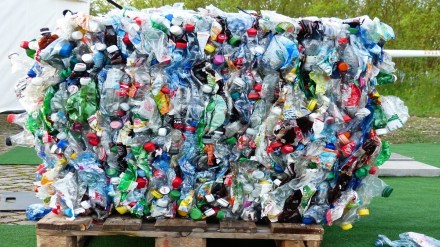A new study has revealed that the impact of nano plastic pollution is significantly higher in placentas from premature births than in those from full-term births. According to the study, the level of microplastics were higher than previously detected in blood.
This data suggests that the tiny plastic particles were accumulating in the placenta. As the association between air pollution and millions of premature births has become more evident, the researchers are now more focused to investigate plastic pollution.
It is noteworthy that preterm birth is the leading cause of infant death worldwide. According to the scientists, more research is needed in cell cultures and animal models to determine if the link is causal.
In 2020, microplastics were first detected in placenta and they have also been found in semen, breast milk, brains, livers and bone marrow, indicating profuse contamination of people’s bodies. The impact on human health is little known, but microplastics have been linked to strokes and heart attacks.
According to a report by The Guardian, microplastics have polluted the entire planet from the summit of Mount Everest to the deepest oceans.
“Our study hints at the possibility that the accumulation of plastics could be contributing to the occurrence of preterm birth,” said Prof Kjersti Aagaard, at Boston children’s hospital in the US as quoted by The Guardian. “Combined with other recent research, this study adds to the growing body of evidence that demonstrates a real risk from exposure to plastics on human health and disease.”
The findings were presented on Thursday at the Society for Maternal-Fetal Medicine’s annual meeting in Denver, and has been submitted to an academic journal. The researchers analysed 100 placentas from full-term births (37.2 weeks, on average) and 75 from preterm births (34 weeks), all from the Houston area.
According to the researchers, some mothers are at higher risk of preterm births, due to their age, ethnicity and socioeconomic status. However, a strong link between the plastic particles and premature birth remained even when these factors were taken into account.
The researchers maintain that there is a need to increase people’s awareness of microplastics and their associations with potential human health effects.
